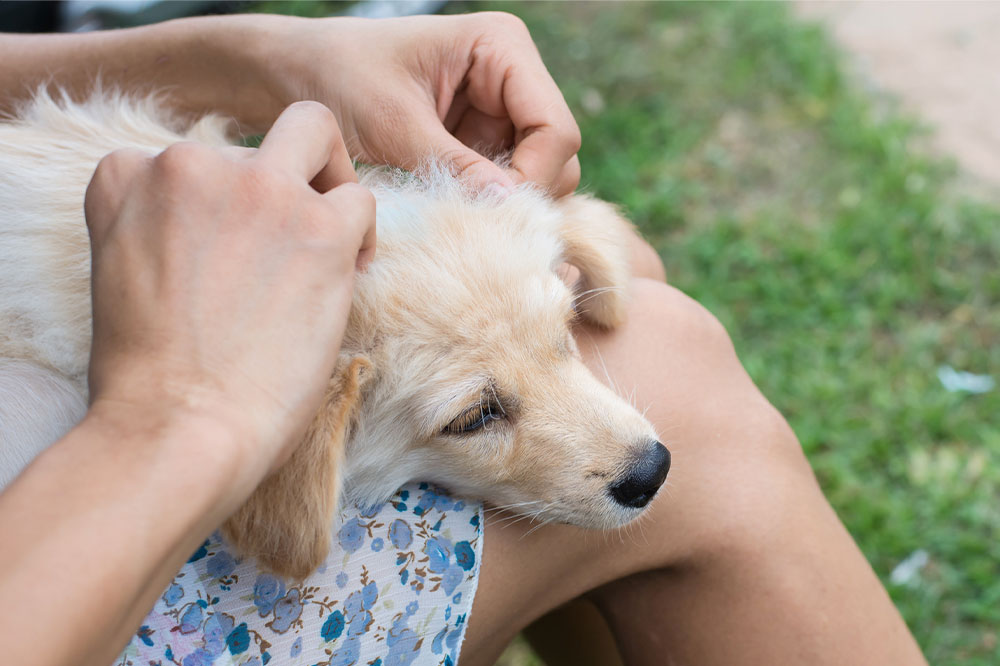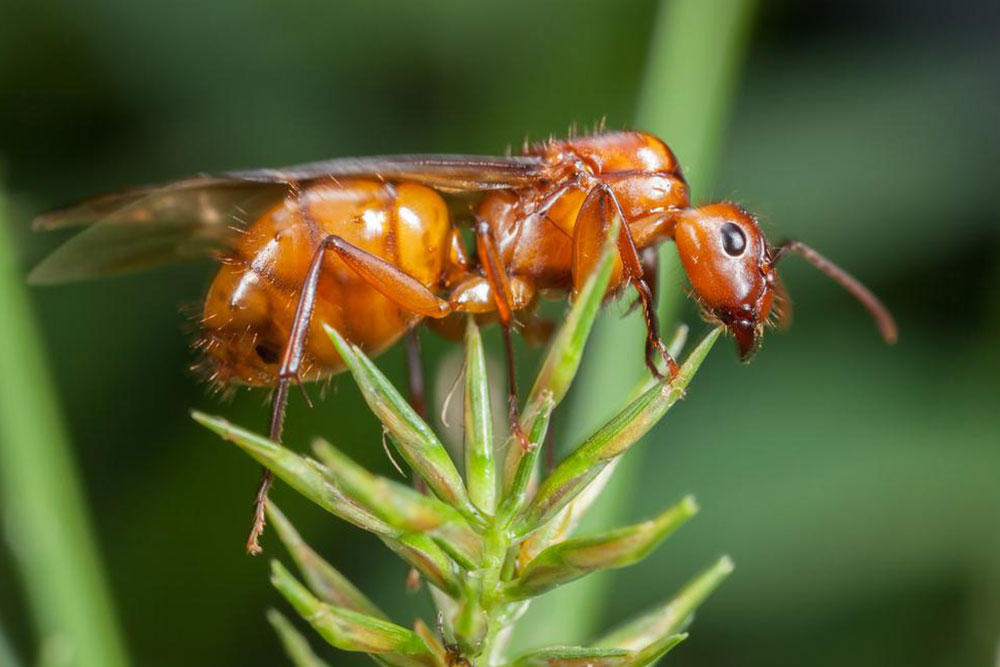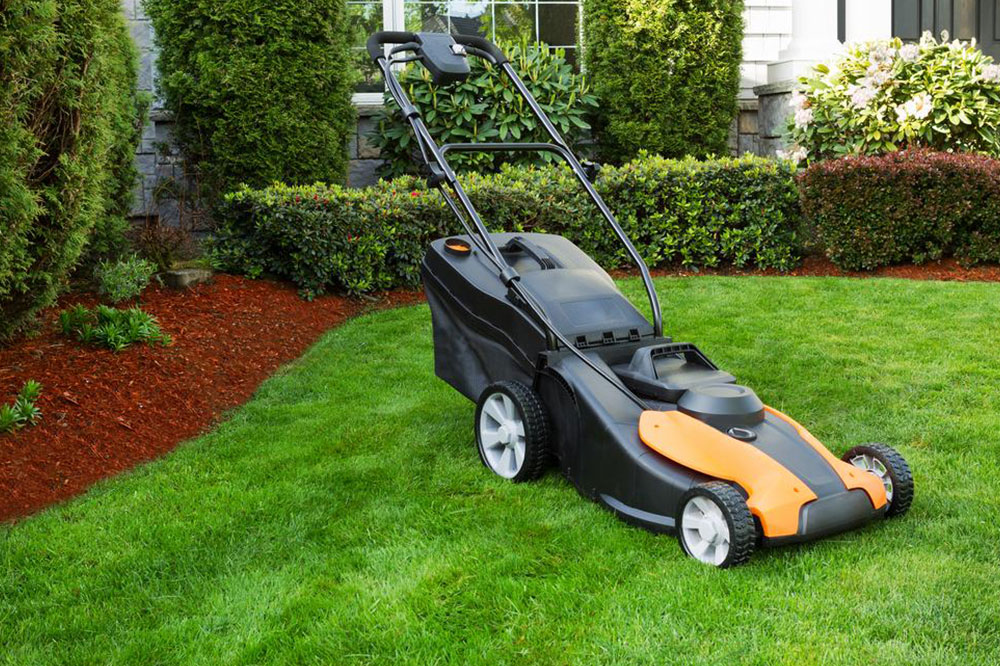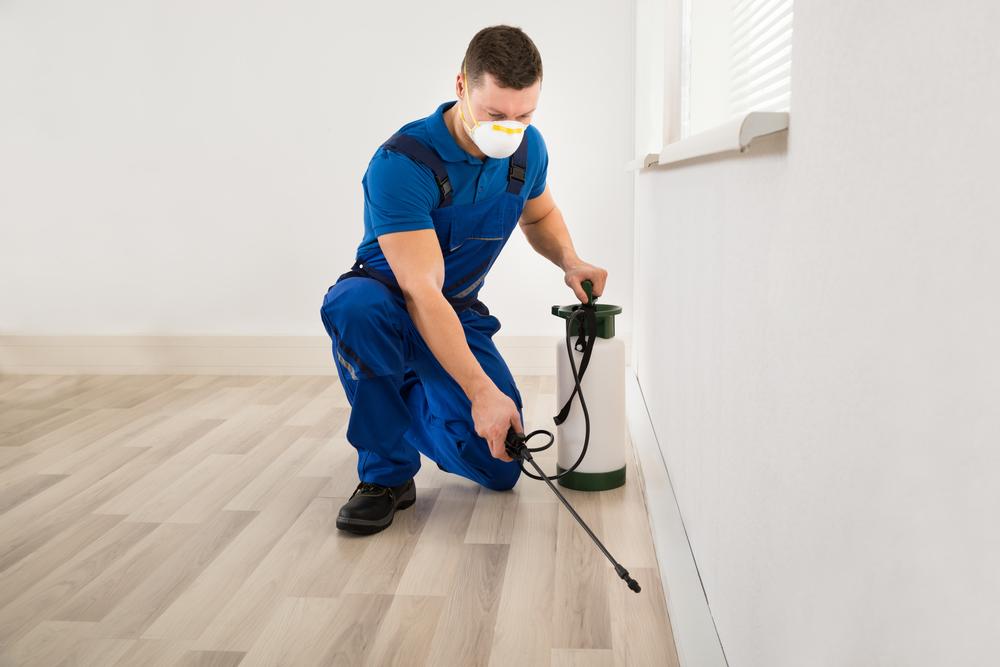Essential Tips for Safe Bee Nest Extraction
Learn essential tips for safely removing bee nests, including precautions, identification, professional assistance, and prevention strategies to keep your property bee-friendly. Proper handling ensures safety for people and bees alike, while maintaining harmony with nature.
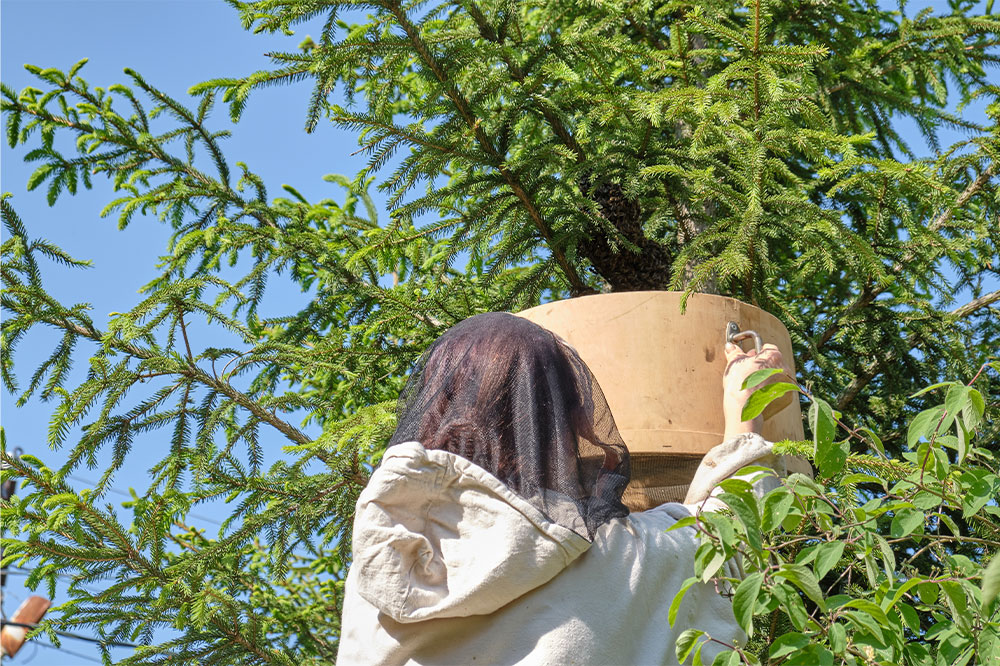
Essential Tips for Safe Bee Nest Extraction
Discovering a beehive on your property can be charming unless it’s hidden inside your walls or in your backyard. When you notice buzzing insects nearby, stay calm. Honeybees are not aggressive unless provoked and are simply searching for a new habitat. They tend to swarm around until they find a suitable place. However, disturbing them may cause defensive behavior, so caution is necessary.
Early precautions
While relaxed observation is best, professional bee nest removal or relocation is often needed. Sometimes, you may handle minor situations without pest control experts.
Follow these safety measures before contacting bee removal professionals:
Maintain distance
Keep children and pets away from the area. Ensure they do not play near the hive to prevent accidents.
Avoid chemicals
Do not spray pesticides or chemicals at the hive. Such actions may agitate the bees and are unnecessary. Also, consider the protection of honeybees, which are increasingly endangered, and prefer safe relocation over destruction.
Respect the bees
Do not disturb or hit the hive with sticks or stones. Provoking them could trigger defensive stings.
Identify entry points
Locate where the bees are entering if inside your home. Do not block these entrances abruptly, as it might cause the swarm to spread into other parts of the house.
Despite precautions, removing a bee colony is best managed by professionals such as beekeepers or pest removal services familiar with safe practices.
Finding professional bee removal help
Most beekeepers focus on honeybees rather than wasps. Sending a photo for identification can assist in confirming the species. Once confirmed, they will safely remove or relocate the hive, often free of charge. Be patient as the process might take some time. If bees leave before they arrive, inform the beekeeper promptly. Many local authorities or beekeepers offer free or paid removal services. Always inquire about costs, methods, and whether bees will be harmed during removal. If local help isn’t available, contact nearby farmers or honey suppliers, as they often have connections to reputable beekeepers.
Prevent future bee invasions
Seal all potential access points in your home and outbuildings, using appropriate sealants to block cavities.
Repair or replace damaged or rotten wooden structures to remove nesting sites.
Use repellent sprays on surrounding areas to deter scout bees from scouting.
Keep yards tidy by removing clutter, old appliances, or lawn equipment that could serve as shelter. Remove old honeycomb residues, as pheromones attract new colonies.
Most bee swarms are temporary; they often depart naturally within a few days. If the hive is in a secluded area, allowing time or seeking professional assistance can help resolve the situation, offering a chance to appreciate the marvels of nature.
